Postcards from Paris: From lockdown to liberation under Nazi occupation
Having stumbled across a news story about two Parisian streets left frozen in time after a World War Two era film set had to be abandoned as the city went into lockdown following the coronavirus outbreak, I decided to delve into the America in World War Two resource to learn more about the city of light that ‘went dark’ during the years of German occupation from June 1940 to August 1944.
Within the resource are fascinating photographs and postcards showing the eerily empty streets of Paris, a far cry from the Paris of popular imagination portrayed in the travel literature aimed at US personnel:
“PARIS! Magic name, evoking a swarming City throbbing with life, but also, full of dreams.”
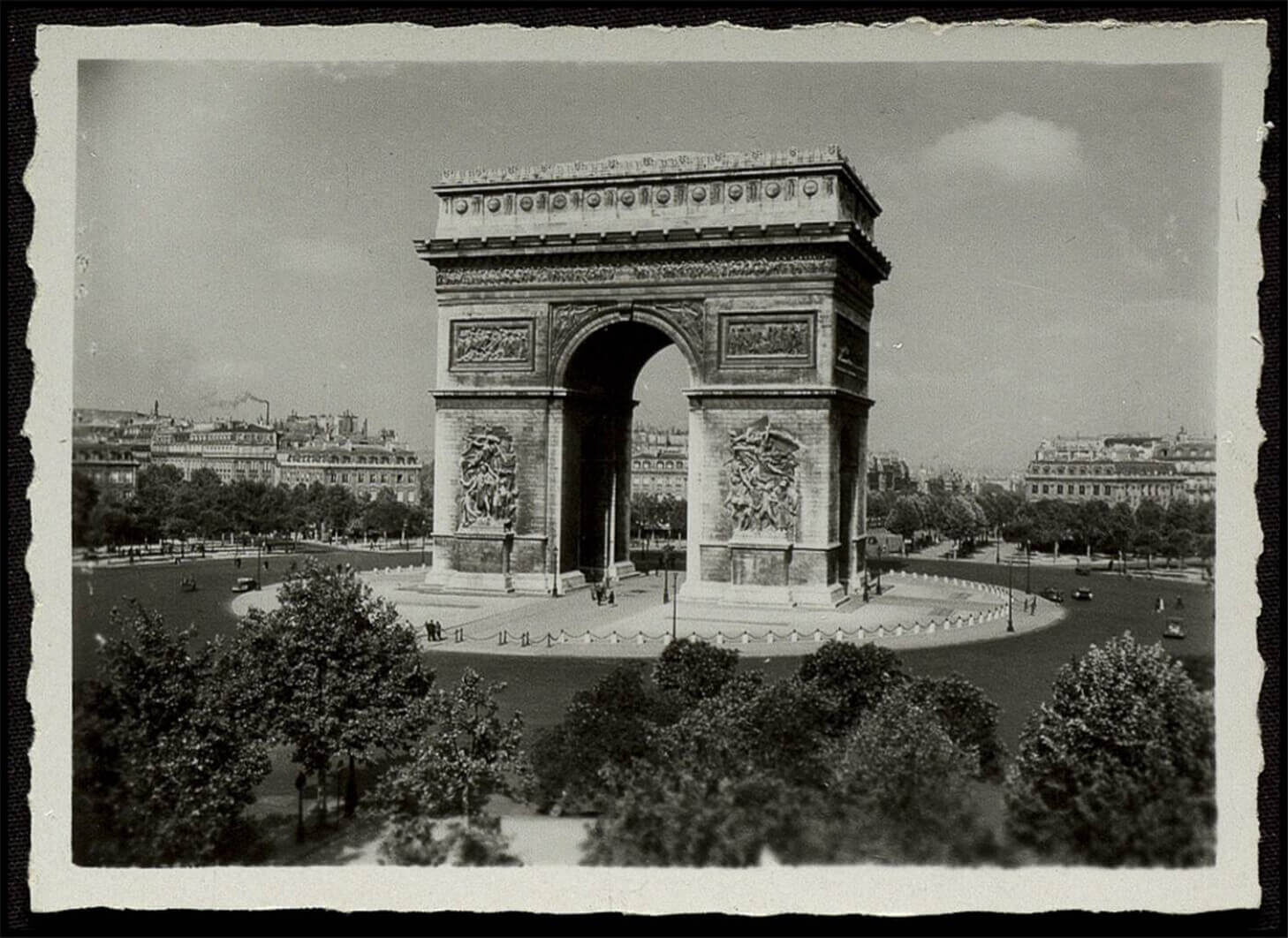
Image © The National WWII Museum. Further reproduction prohibited without permission.
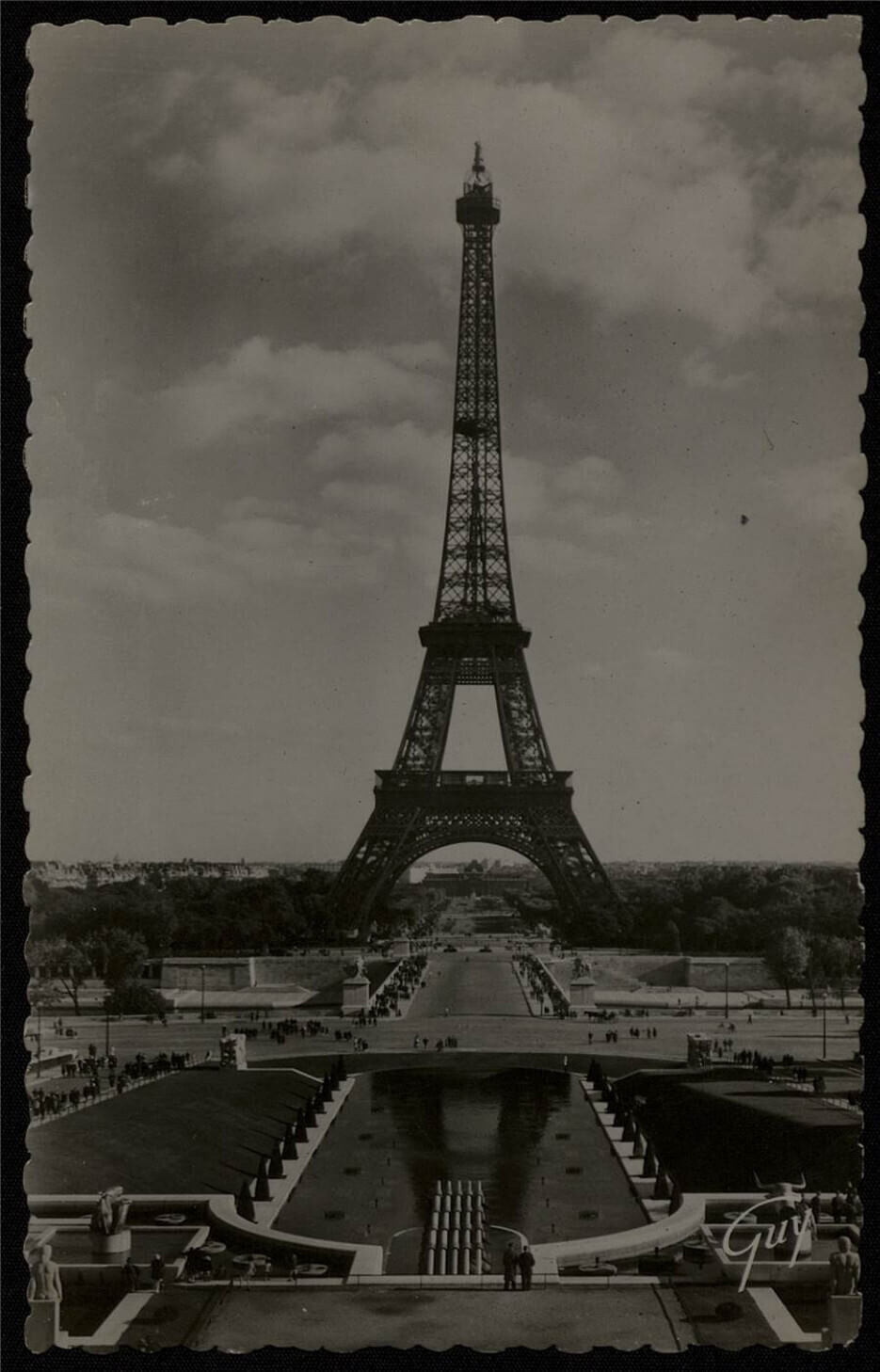
Image © The National WWII Museum. Further reproduction prohibited without permission.
Standout collections from the resource show the devastation inflicted on France by the war, such as the postcards sent to Mrs. Smith by her husband.
Writing about the city of Le Havre, Smith adds:
“Another view of Le Havre as it used to look. To the left in this view is just a mass of ruins – with only the shell of a building still standing here and there.”
His postcards are beautiful, but also informative, with his captions providing an insight into life under German occupation. The back of a postcard of the Eiffel tower is accompanied by a scribbled note reading “away in the background underneath the bottom arch you can see the military school where the Germans held out for a while last August.”
Even after the Germans left the city, a military presence remained and life for Parisians was far from ‘business as usual’. This can be seen in these fascinating photographs from the Minnie Peterson and Paul Katsigiannis collections, in which you can see a plane flying underneath the Eiffel tower, makeshift barricades and crowds lining the streets to celebrate Liberation Day:
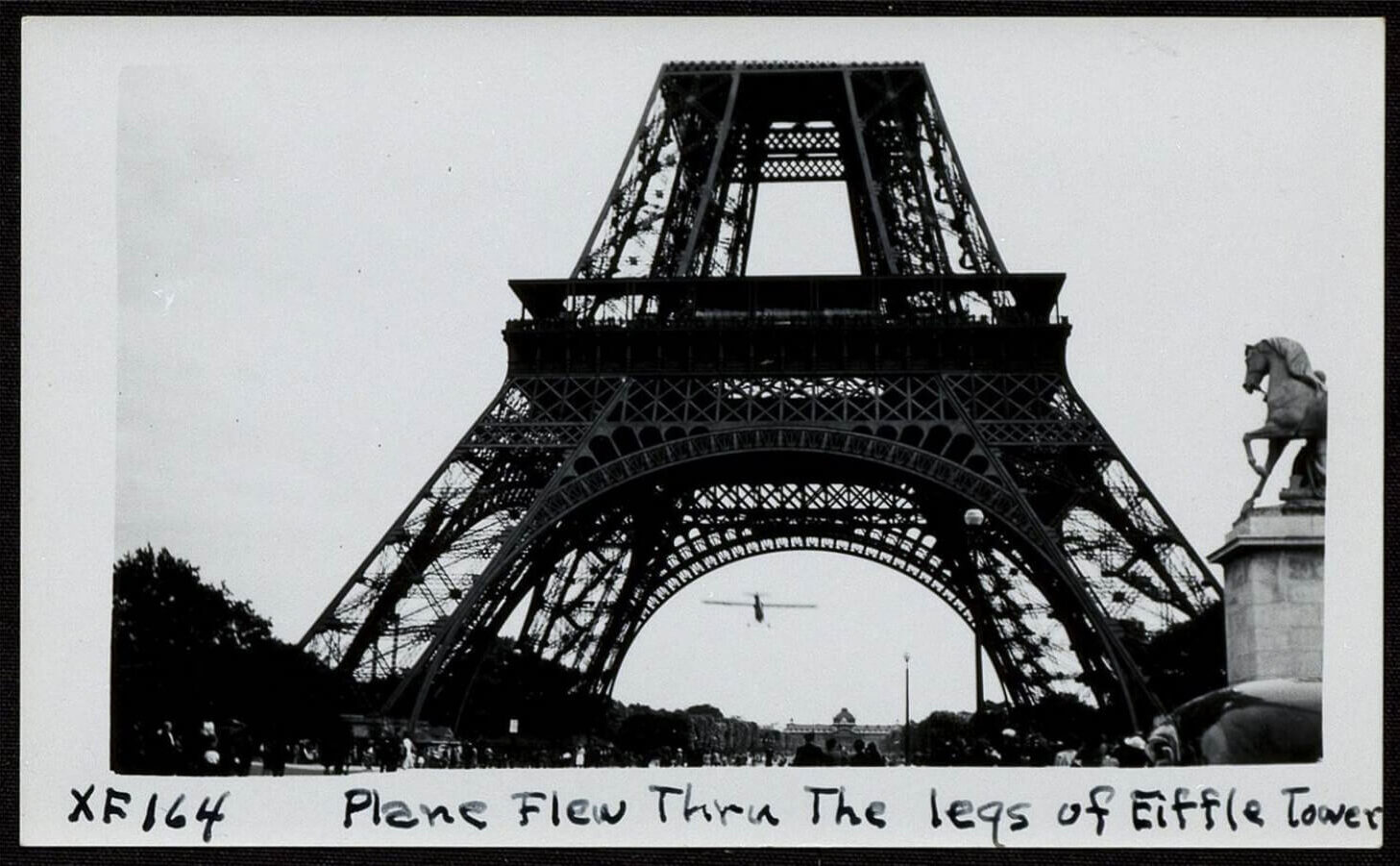
Plane flying through the legs of the Eiffel Tower, The Minnie Peterson Collection. Image © The National WWII Museum. Further reproduction prohibited without permission.
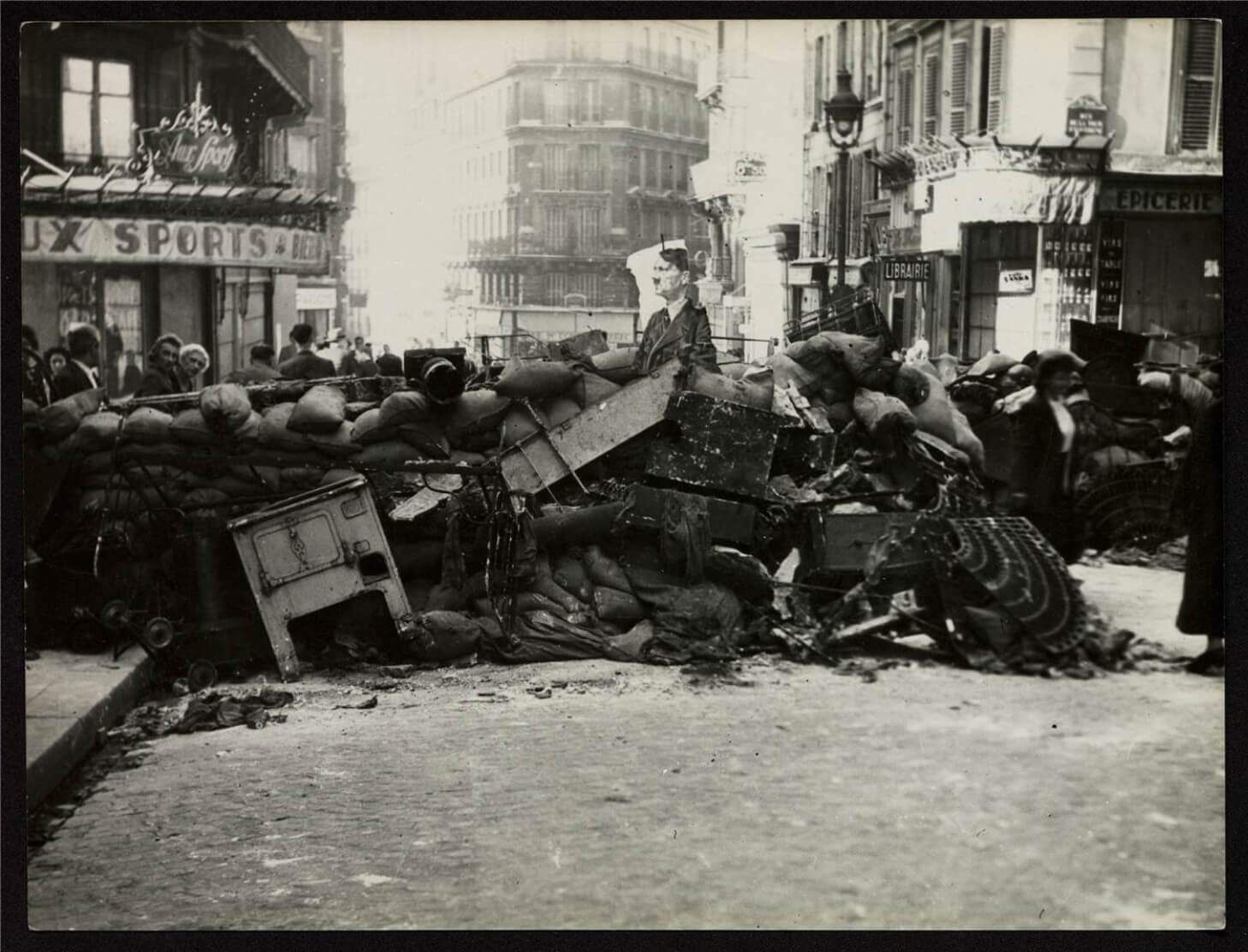
Makeshift barricade including a propped up poster of Hitler, Paul Katsigiannis Collection. Image © The National WWII Museum. Further reproduction prohibited without permission.
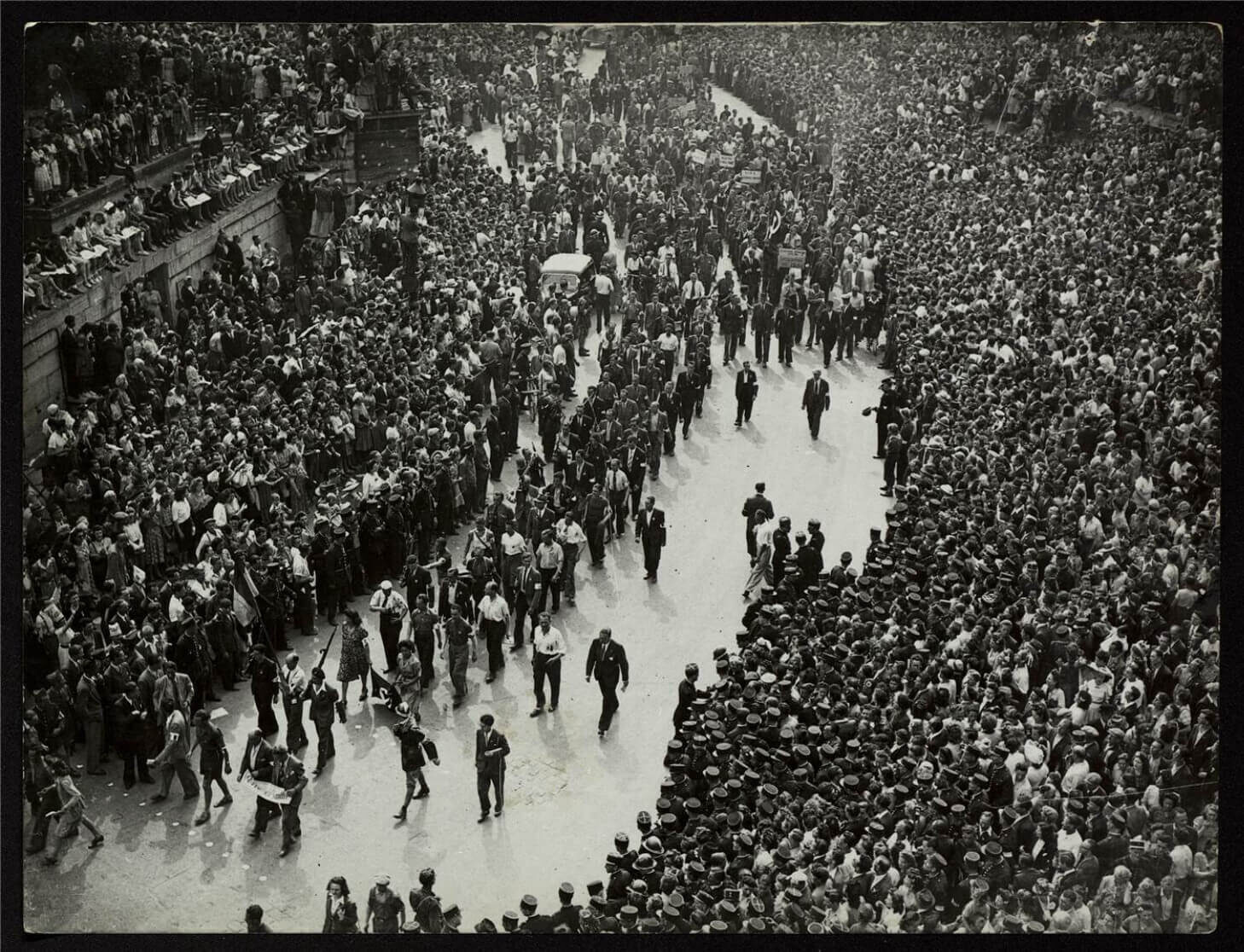
View looking down onto parade of French Resistance fighters in Paris, Paul Katsigiannis Collection. Image © The National WWII Museum. Further reproduction prohibited without permission.
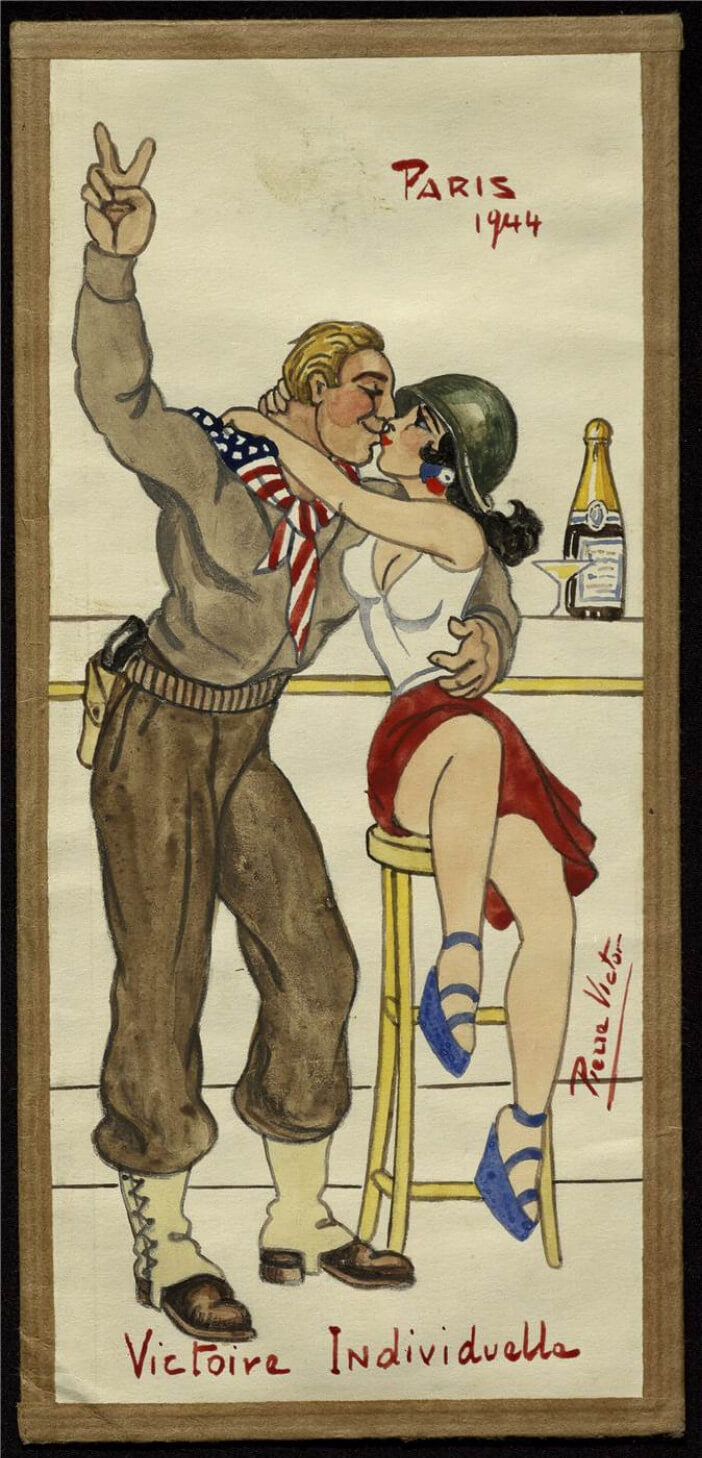
Image © The National WWII Museum. Further reproduction prohibited without permission.
Another American solider, Herman J. Obermayer, writing home to his parents about his experiences of post-liberation Paris, describes the celebrations that took place to mark the first Bastille Day since the city’s liberation:
“Although we are continuing to work as usual you can already hear bands and rockets, and crowds as the French are preparing for the biggest binge in their history. The first Bastille Day since the liberation will be celebrated for three days with continual parades, and all night street dancing every night. If things go right I hope to get in town tomorrow night and get in on a little of the excitement.”
In another V-mail, Obermayer describes the spirit of the French people, arguing that: “It is experiences like Liberation Day that make you feel justified in snickering at the French claims to interest in the Japanese War. Celebrations like Bastille Day, Liberation Day and V-J Day stem from the people themselves and seem to show conclusively their lack of interest in our war.”
It is this emphasis on ‘the people themselves’ that appears to have driven the city’s recovery following its turbulent years of occupation and this quote from a newspaper article reporting on conditions in Paris feels like an appropriate point on which to finish, as it encapsulates the very essence of the city shining through as it rebuilt after the war:
STILL GLAMOROUS- In spite of lack of food and transportation, Paris is recovering its old peacetime glamour now that the Germans have been driven out.

Clipping about conditions in Paris, The Eberhard P. Deutsch Collection 2003. Image © The National WWII Museum. Further reproduction prohibited without permission.
For more information about America in World War Two: Oral Histories and personal Accounts, including pricing, please request a demo.
Recent posts
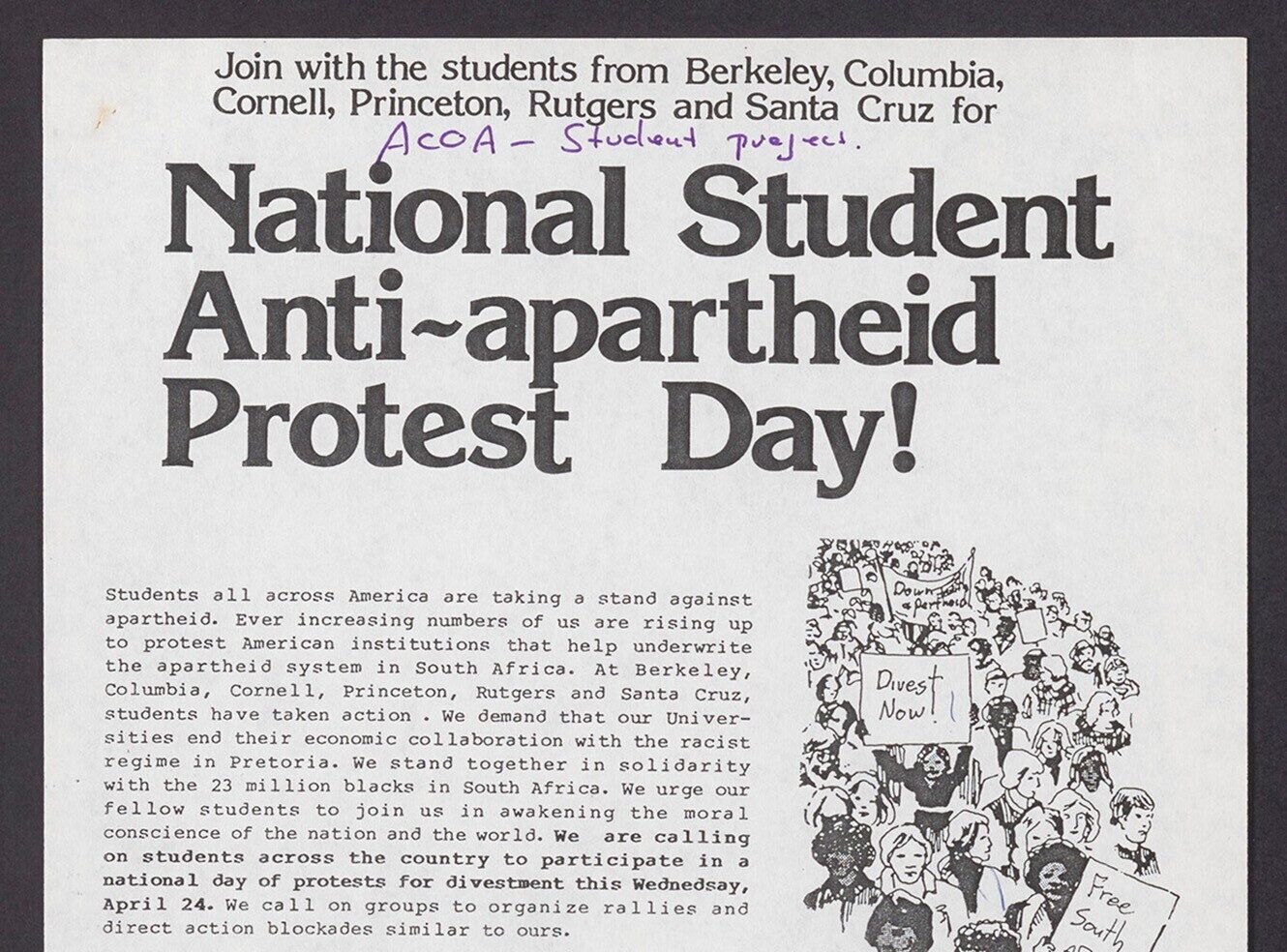
The blog highlights American Committee on Africa, module II's rich documentation of anti-apartheid activism, focusing on the National Peace Accord, global solidarity, and student-led divestment campaigns. It explores the pivotal role of universities, protests, and public education in pressuring institutions to divest from apartheid, shaping global attitudes toward social justice and reform.
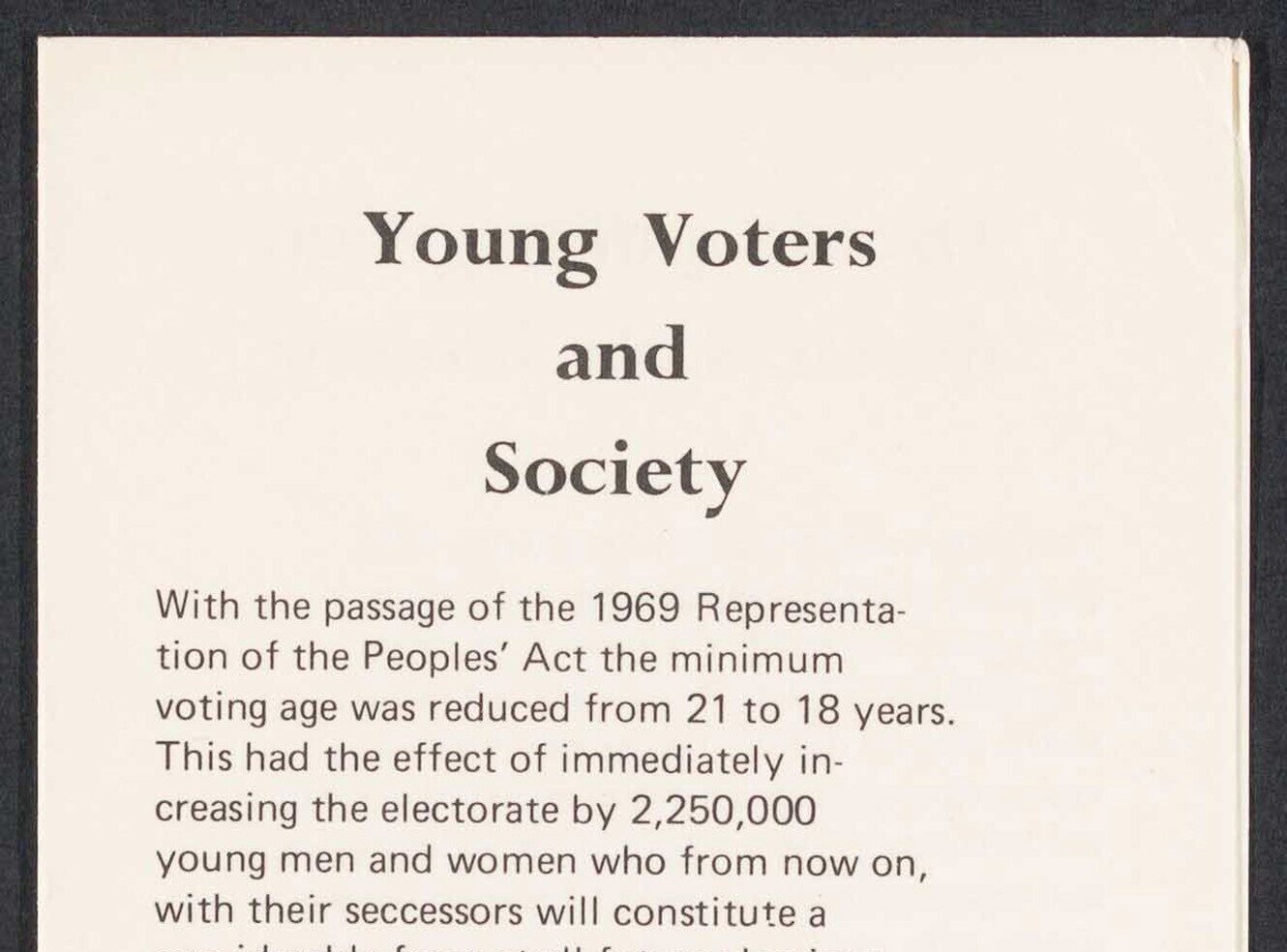
This blog examines how primary sources can be used to trace the impact of young voices on society, particularly during pivotal voting reforms in the UK and the US. Explore materials that reveal insights into youth activism, intergenerational gaps, and societal perceptions, highlighting their interdisciplinary value for studying youth culture, activism, and girlhood across history.
